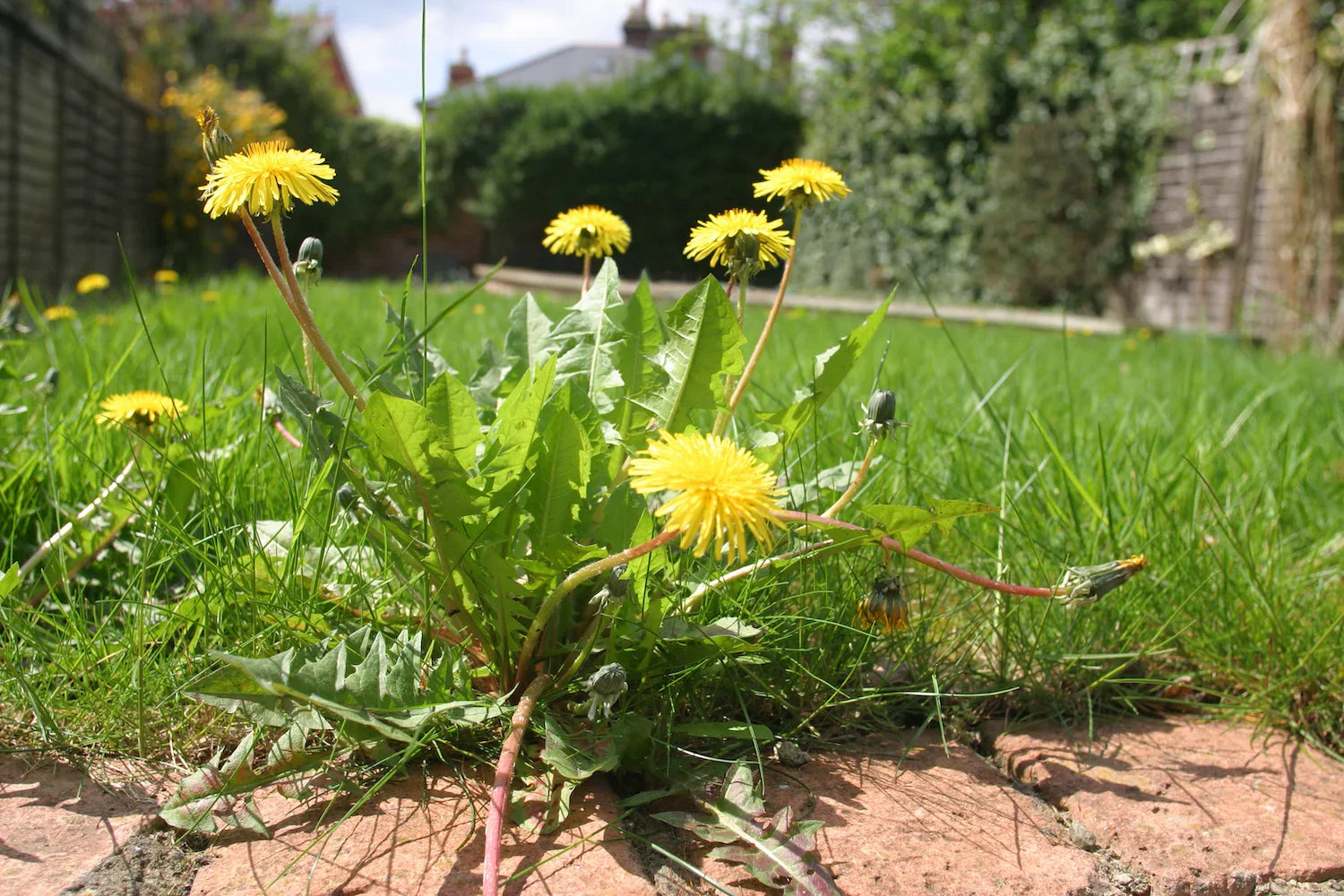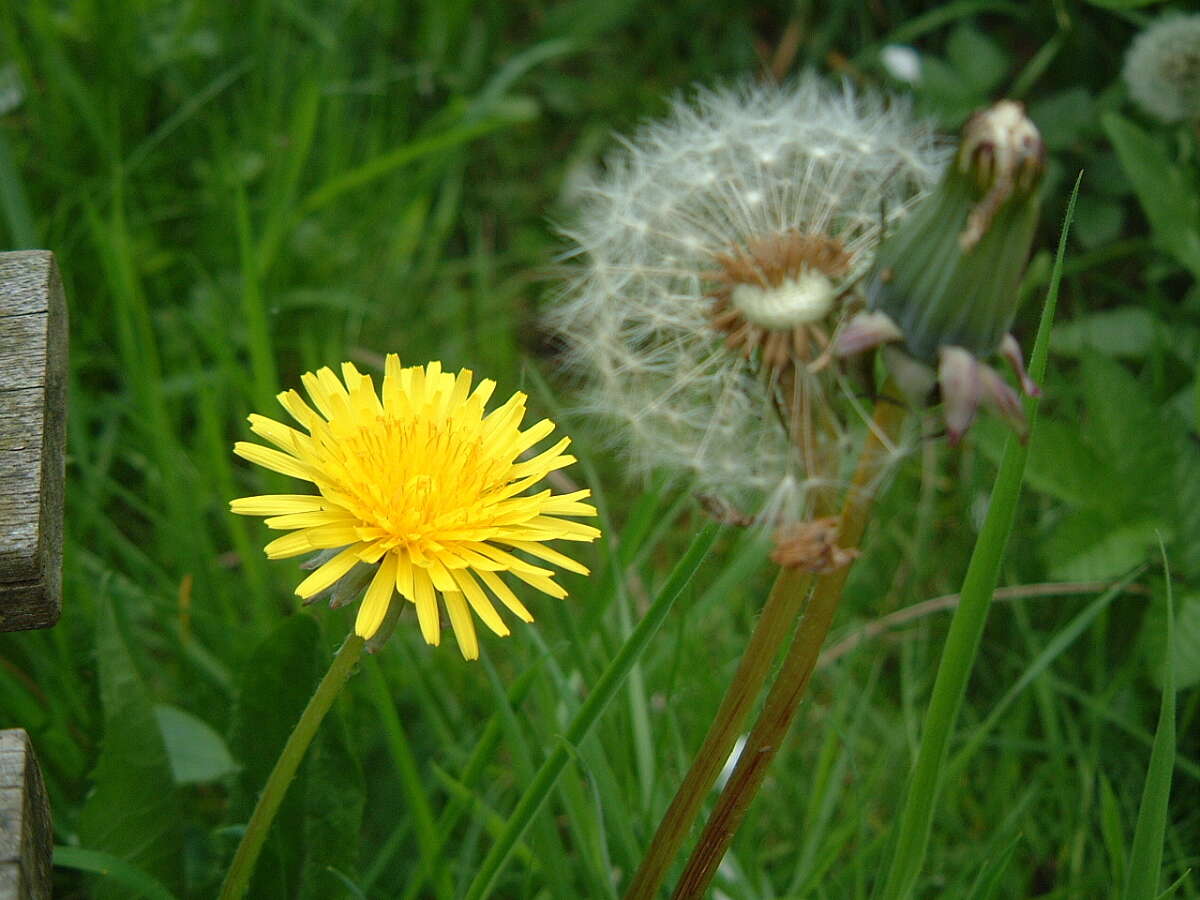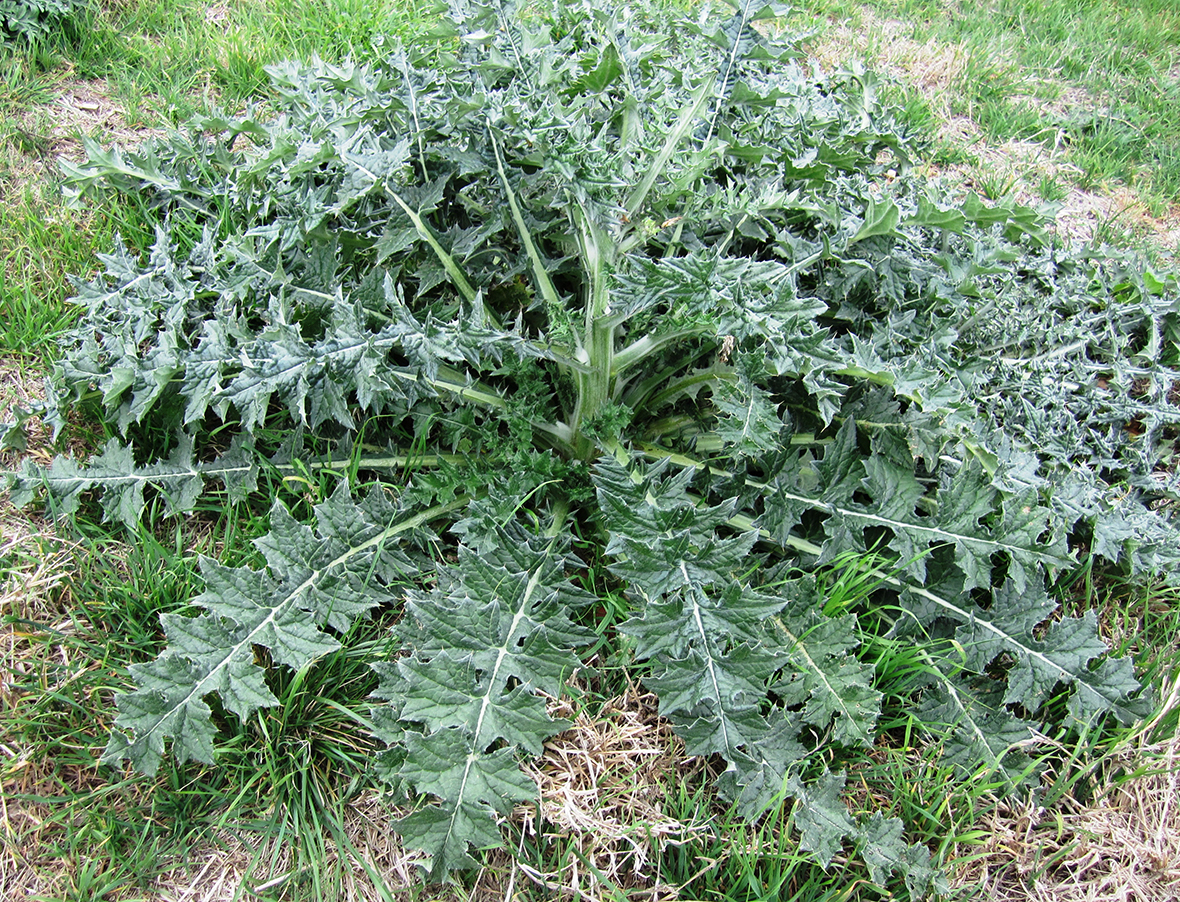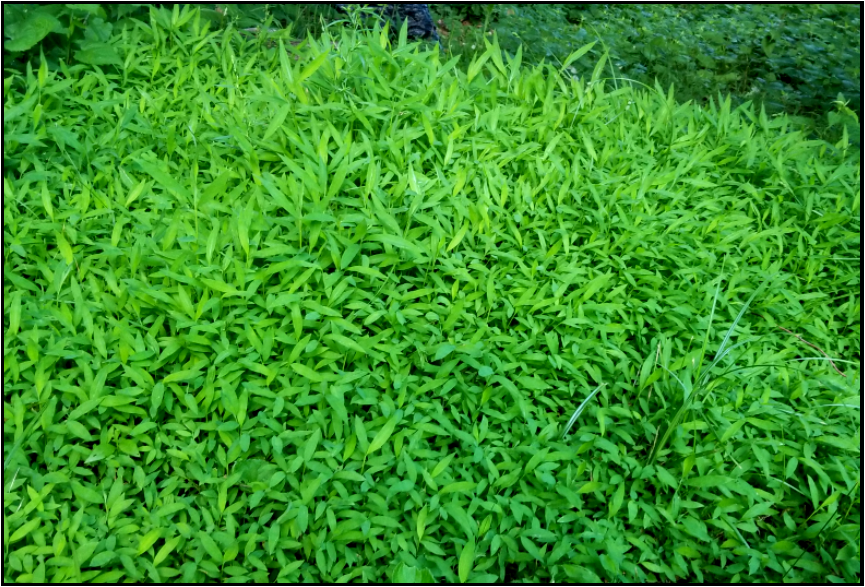
In The Weeds: Common Weed ID Guide
Spring time is here which means that taking care of your lawn has begun for 2025! This article is going to list and define some basic terms that you should know to take better care of your lawn.
Common Lawn Weeds
Crabgrass

Crabgrass is one of the most irritating lawn weeds there is due to its ability to spread quicky and make the lawn look unkempt. Once it becomes established in the lawn it can be very difficult to remove so the best way to treat crabgrass is to apply a pre-emergent weed killer in the spring so that it cannot spread. If you do get any crabgrass wait for it to become active and then use a broadleaf weed that won't hurt the grass like 2,4-D spray.
Clover
:max_bytes(150000):strip_icc()/clover-lawns-detail-getty-1023-01b3444ddd9047259486123acbec13c8.jpg)
Perspective on clover has changed a lot over the last few years. There are benefits to having some clover in the lawn such as increased nitrogen content in the soil. However many homeowners choose to eliminate clover because it is an aggressive plant that can choke out grass if left untreated for years. Clover can be tough to get rid of once it gets established so it may take multiple weed applications to see a significant amount of it removed. 2,4-D based herbicides are the best choice for removing clover from your lawn.
Chickweed

Chickweed is weed native to central Asia and is often found around the perimeters of lawns due to its ability to spread somewhat easily. Chickweed is fairly easy to get rid of, it can be pulled out of the ground or sprayed like any other weed. Fun fact: chickweed is named after the fact that chickens love it for a meal, and humans can eat it as well.
Dandelion

Another one of the most common weeds in lawns across the country. It appears both as a yellow bud and a white puff, which is actually how it spreads. Dandelions spread pretty easily and often fill in barespots in the lawn. The good news is that they are the easiest weed to get rid of, any broadleaf weed application will be enough to get them out of your lawn. We do not recommend pulling them out because that could end up propagating more.
Thistle

Thistle is a broadleaf weed that often frustrates homeowners due to its hardy nature. It blooms a small purple flower and germinates at different points in the year depending on what zone you live in and what variety it is. The best way to prevent thistle is to do a pre-emergent application but if its already in your yard you may have to use Thistle Down by Monterrey. Many homeowners find that 2,4-D is not strong enough to eliminate thistle in a single spray but repeated applications may take it out.
Nutsedge

Nutsedge is a little bit different than the other weeds listed here because it is not a broadleaf type weed where it has large, flat foliage. It is a grassy type weed which requires a different type of herbicide to control. Our customers have reported that they've successfully controlled nutsedge by using Fertilome's Weed-Out Nutsedge Control.
Oxalis/yellow woodsorrel

Oxalis is often confused for lesser celandine but they are different plants all together. Oxalis resembles clover somewhat but with a small yellow flower emerging from the center. It is easily controlled with a 2,4-D spray but spreads quickly so don't let it sit for too long.
Wild violets
Violets are another frustrating weed for homeowners due to their ability to choke out grass and easily spread. This is a broadleaf type weed so its best to try 2,4-D on it but wild violets are resilient so it may take multiple tries to fully clear it.
Japanese stiltgrass

Stiltgrass is one of the most destructive and hard to kill weeds there is today. It rapidly chokes out grass and spreads. It is an invasive species from Asia that has only appeared in the United States somewhat recently. Many homeowners will spend an entire season fighting their stiltgrass. Unfortunately, 2,4-D will not be effective against this weed so many people use glyphosate based products to completely clear the area. Another big reason that controlling stiltgrass is so hard is because it germinates in the fall but doesn't emerge until the following summer making spring pre-emergent treatments ineffective against it.
Remember!

If you have to clear a large portion of weeds in your lawn, it will leave behind bare spots. Bare spots are often gateways for more weeds because your grass will not propagate itself as quickly as these unwanted plants do. The best way to mitigate this is to put down grass seed during the next growing season. We recommend doing our Shade and Sun lawn mix for the best all around turf for your lawn.




Leave a comment